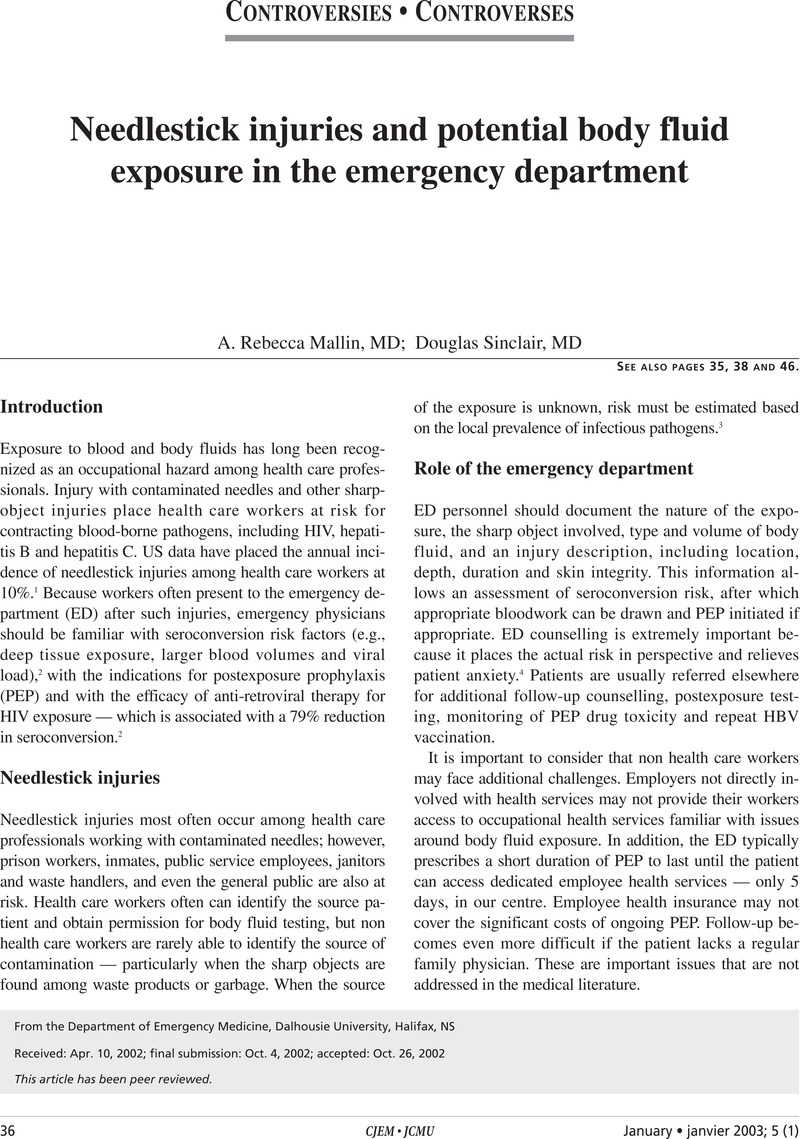Crossref Citations
This article has been cited by the following publications. This list is generated based on data provided by Crossref.
Hadaway, Lynn
2012.
Needlestick Injuries, Short Peripheral Catheters, and Health Care Worker Risks.
Journal of Infusion Nursing,
Vol. 35,
Issue. 3,
p.
164.
Seiberlich, Laura E.
Keay, Vanessa
Kallos, Stephane
Junghans, Tiffany
Lang, Eddy
and
McRae, Andrew D.
2016.
Clinical performance of a new blood control peripheral intravenous catheter: A prospective, randomized, controlled study.
International Emergency Nursing,
Vol. 25,
Issue. ,
p.
59.





